Regarding Nude Images of Japanese People Themselves (日本人の裸体画像について)
Regarding Nude Images of Japanese People Themselves, 2006
The other day, I was having a drink with some people and we wondered what a samurai's physique actually looked like. If they had trained in martial arts regularly, their muscles would have been firm and strong. If they had practiced swordsmanship, their shoulders and arms would have been quite developed. But what about the lower body?
There were no cars like today to get around. They used their legs almost everywhere they went. From Edo to Kyoto, Osaka, and Nagasaki. They traveled all over Japan on foot. They must have been more than just strong-legged.
My house is in what is known as the Shinsengumi village. Hijikata Toshizo's birthplace is not that far away. In the old days, it was called Ishida Village, Tama County, Bushu (now Ishida, Hino City, Tokyo). His comrade in arm Kondo Isami's birthplace is not close, but it's not far either. Hijikata Toshizo left home early in the morning to practice swordsmanship, and after practicing once in the mountains within the grounds of Takahatafudo Temple, he walked along the Koshu Kaido to the Kondo Dojo of Tennenrishin-ryu swordsmanship in what is now Ichigaya Kora-cho, Shinjuku Ward. This is because Kondo Isami was adopted by the owner of the dojo. The distance was about 27 kilometers one way. He probably didn't go there every day, but our modern legs could never reach that distance. His height is recorded as being 5 feet 5 inches (about 165 centimeters), which is small compared to modern men.
Also, when you trace the travels of Sakamoto Ryoma, who lived around the same time, you wonder how he was able to do that, as he traveled dizzyingly between Edo, Kyoto, Osaka, Choshu (Yamaguchi Prefecture), Kumamoto, and so on in such a short period of time. When I think of their legs, which can only be described as strong and strong, and associate them with marathon runners, I can't think of anyone else in the modern world who could do that.
Although photographs remain of these people from the end of the Edo period, they do not reveal what they looked like naked.
There are no entries for nude images in Japanese art history. That is not to say that there are no nude images at all. In illustrated scrolls from the Kamakura and Muromachi periods, we can see images of naked commoners exposing themselves in a manner consistent with their customs. Or in ukiyo-e shunga (pillow pictures) from the Edo period. However, these are not nudes observed and depicted with a realistic eye. They are nudes that have been abstracted, so to speak, by the concept of nudity.
I noticed this a long time ago, and since then I have looked for it in various books, but have never come across any reference to it.
However, there are people overseas who have noticed this Japanese characteristic. Marguerite Yourcenar writes the following in "Mishima, or Visions of Emptiness" (translated by Shibusawa Tatsuhiko, Kawade Shobo Shinsha, 1982): "Japanese art, even in erotic prints, has never known the glorification of the nude as it does in the West."
So how is the Japanese body depicted in erotic shunga?
In Utamaro's depiction of a man's back during sexual play, one of very few examples not depicted by many ukiyo-e artists, is a single spine stretching downward. In Western nude paintings, the spine is clearly depicted, but in Utamaro's back there is no trace of a man's toned body. Only the outline of the body is abstracted, although the mole on the back is drawn, and only the pubic hair of both men and women is strangely concrete. Or the upturned eyes, inverted eyeballs, and stiff, inward-curved toes of the woman in orgasm, as typified by Hokusai and Kuniyoshi.
These are certainly not expressions that glorify the naked body, but rather suggest the peripheral relationship between the male and female genitals. This is what is known as pornography, where the ultimate goal lies. Moreover, depictions such as the scattering of used tissue paper are not seen at all in Western pornography. In other words, what is surprising is that shunga has the characteristic of expressing the number of sexual encounters achieved and the passage of time. This is why I said earlier that it is a "technique theory." Nude beauty is completely out of the question.
In Japan, there has been an ancient tradition of deifying the male body, including genital worship, due to its connection with the god of agriculture (fertility). This can be seen in the naked festivals that remain in various places today. However, this did not lead to the training and shaping of the body in accordance with certain aesthetic standards, as in ancient Greece. The bodies that gathered at naked festivals were the bodies of farmers, fishermen, and merchants, exposing their everyday lives. The male naked bodies that were deified here are completely different from the beautiful nude form of the Western world.
Bigot's "Japanese Drawings" (edited by Shimizu Isao, Iwanami Bunko) contains a large number of nude figures of Japanese people. They are scenes of people bathing or mixed bathing at hot springs. The scene of completely naked men and women bathing together in hot springs must have been shocking to Bigot, who was French.
Georges Bigot (1860-1927) was fascinated by ukiyo-e and came to Japan in 1882 (Meiji 15). He married a Japanese woman (they divorced when he left Japan), and stayed in Japan for 17 years until he returned to Japan in 1899, during which time he produced numerous cartoons depicting various customs that Japanese people had not paid much attention to.
The hairless naked bodies of Japanese people may have appeared beautiful to Bigot's eyes. However, it is clear that his eyes were cultivated by Western realism, as the man and woman about to enter bed, titled "The Joy of Adultery," is not a shunga painting, but it clearly expresses the individuality of the model, albeit ugly.
He would sometimes wear Japanese kimonos and create nude paintings in his studio, using Japanese women as models. Unlike in Western Europe, there was no such profession as a nude model for art in Japan at the time, so Bigot must have asked her to do so. She probably thought he was a strange foreigner painting nudes. Bigot was clearly aware of the cultural differences in attitudes toward nudity, and in some of his works he caricatures himself as a nude painter.
Bigot also drew a cartoon about the scandal surrounding Kuroda Kiyoteru's painting titled "Morning Toilet," which was exhibited at the Fourth Domestic Industrial Exposition held in Kyoto in 1895. Kuroda's painting was a full-body figure of a naked Japanese woman combing her long black hair in front of a mirror. It was the first nude to be exhibited to the Japanese public.
Kuroda Kiyoteru (1866-1924) went to France to study law, but returned to Japan as a painter. He studied nude paintings enthusiastically at the French Academy of Fine Arts, recognized their importance in Western art, and attempted to take a new step in Japanese art. I have a copy of a French woman he painted during his stay in France, titled "Nude." It is a fresh nude portrait, meticulously painted with a realistic eye. However, it is only the upper body, and it seems that he had a lot of trouble with the lower half, which somehow seems disjointed. ---- I find this very interesting, but the lack of a tradition of glorifying the nude in one's own culture means that when it comes to actual models, one is left confused as to how to interpret and process them. It doesn't seem to be just a matter of personal consciousness.
However, in 1907, twelve years after Kuroda's "Morning Toilet" scandal, Japanese art of nudes had one masterpiece. This was Shinkai Taketaro's plaster statue "Yuami," exhibited at the first Bunten exhibition. It was a Meiji-era full-body nude of a woman. Shinkai Taketaro seems to have studied ancient Greek sculpture and the ancient Roman sculpture that imitated it. "Yuami" also clearly took inspiration from "Venus" at the Capitoline Museum. However, it is unmistakably the nude of a Japanese woman. The Japanese naked body was born as a form of beauty.
By the way, regarding the realistic appearance of the samurai bodies mentioned at the beginning, or the Japanese bodies in general, I found something written by the editor of "Bigot's Collection of Japanese Drawings" by Shimizu Isao.
A drawing by Peter Bernhard Wilhelm Heine (1827-1885) is inserted in "Narrative of the Expedition of the Japanese" (1801) by Commodore Perry, who came to Japan at the end of the Edo period. The painting shows nude Japanese people, and according to it, both men and women have youthful naked bodies, the women are voluptuous, and the men are muscular. Heine was apparently deeply moved by the beauty of the naked Japanese bodies.
Peter Bernhard Wilhelm Heine
There is another source, an illustration titled "Bathhouse in Edo" "Postman" and others by a painter named Crepon in "Japan in Pictures" by Aimé Humbert-Droz (1819-1900), who also came to Japan at the end of the Edo period, which is said to be a very realistic image of a naked Japanese person. Additionally, from the end of the Edo period through to the Meiji era, an anonymous photographer left behind many photographs of Japanese customs, including many images of naked Japanese people.
The flat nude images of Japanese people, both male and female, seen in ukiyo-e shunga, seem to be being revised by the realism of Western painting. Is it too early to say that it was Western culture that discovered the beauty of the Japanese nude?.








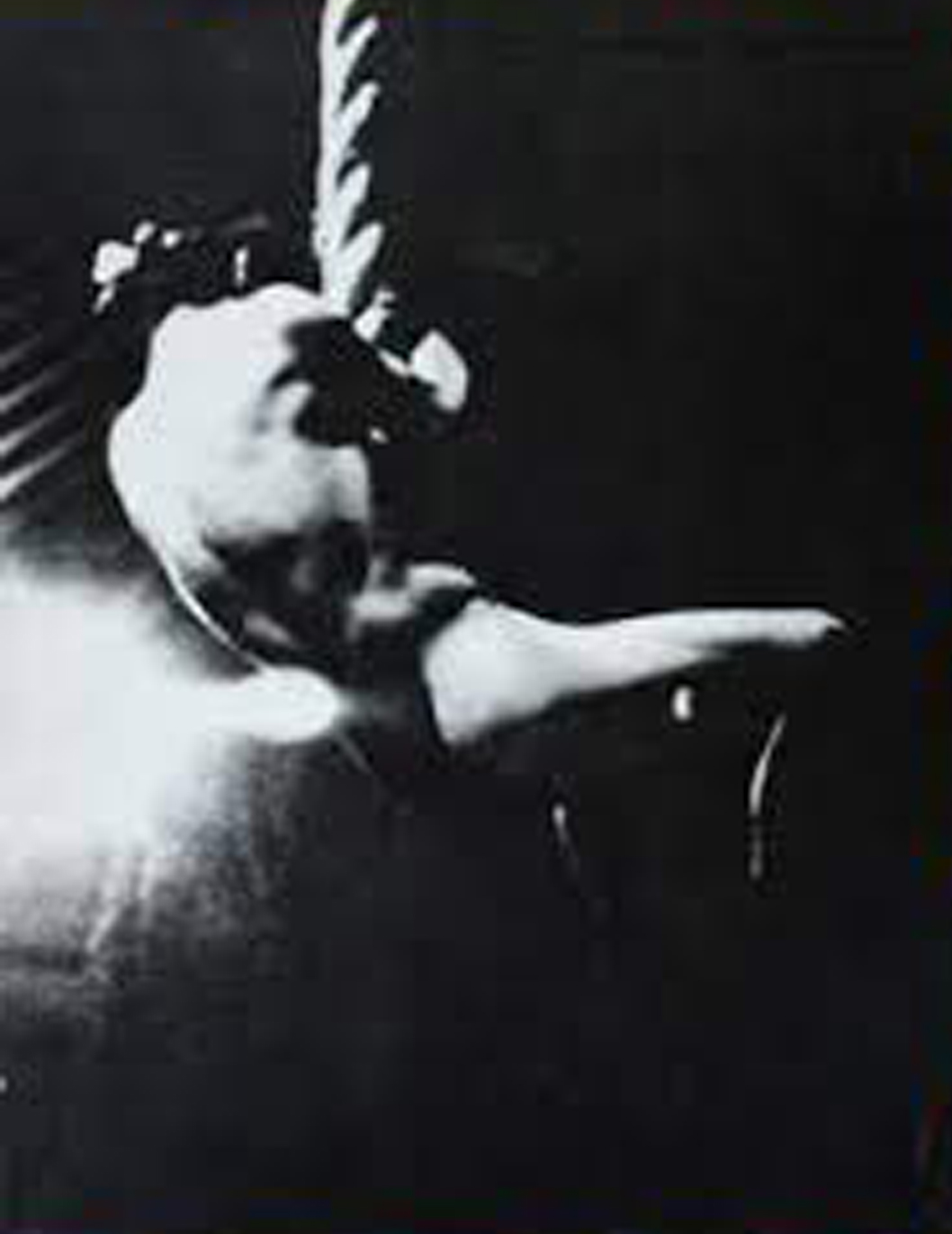











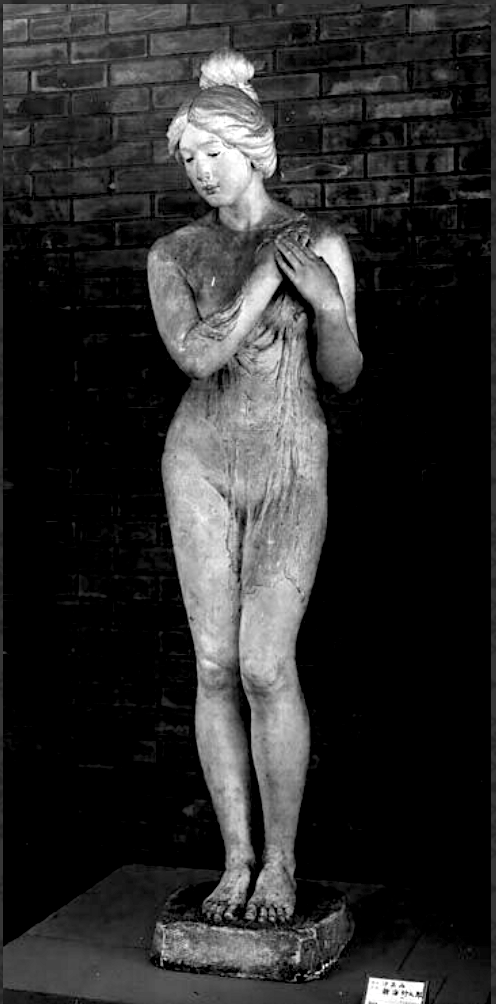





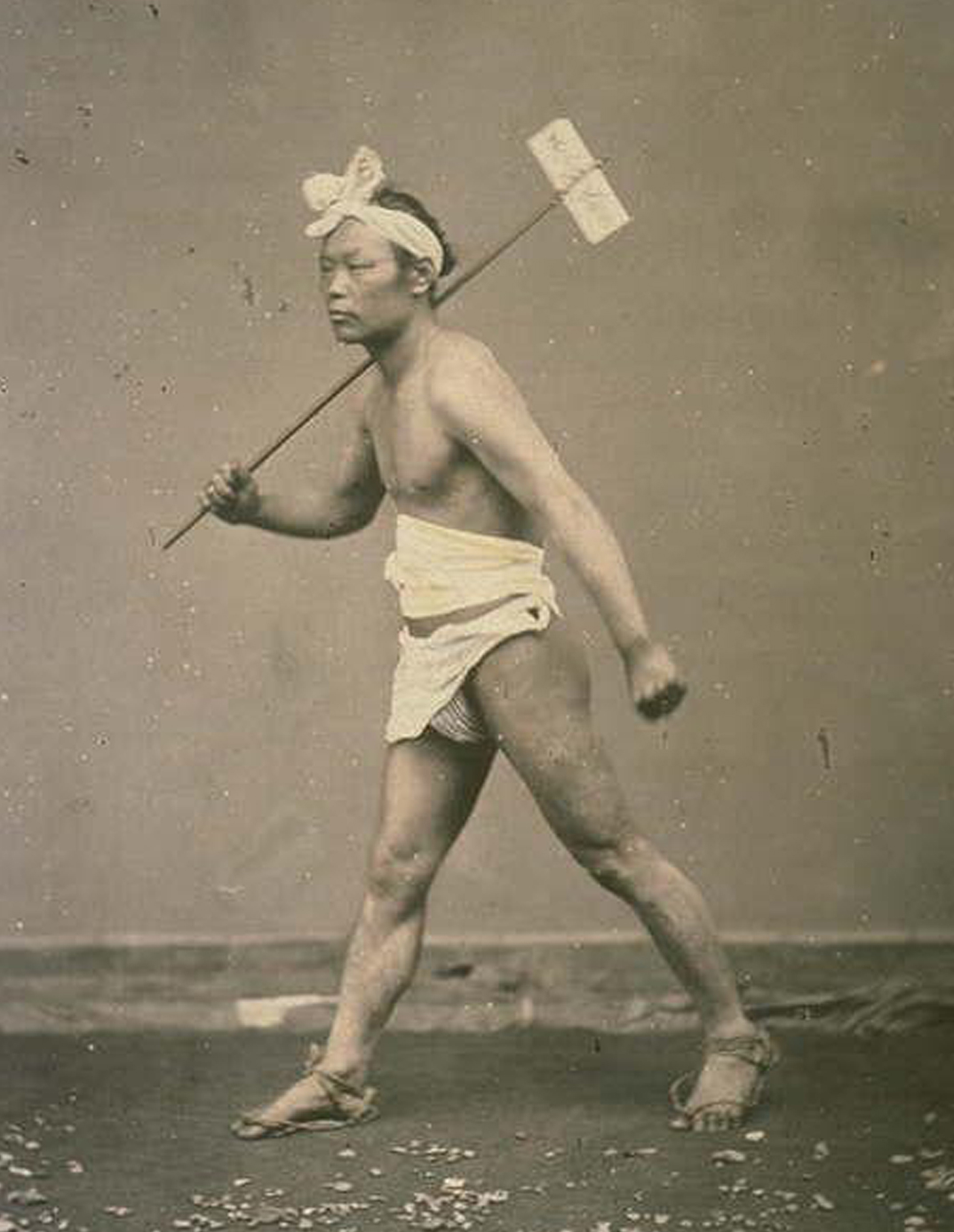



-%E7%94%B7%E6%80%A7%E8%A3%B8%E4%BD%93%E8%83%8C%E9%9D%A2%E7%AB%8B%E5%83%8F%E3%83%BC1897%E3%83%BC%E6%B2%B9%E5%BD%A9%E3%83%BB%E7%94%BB%E5%B8%83%E3%83%BC%E5%BA%83%E5%B3%B6%E7%9C%8C%E7%AB%8B%E7%BE%8E%E8%A1%93%E9%A4%A8.png)
-%E8%A3%B8%E5%A9%A6%E6%AD%A3%E9%9D%A2%E7%AB%8B%E5%83%8F%E3%83%BC1897%E3%83%BC%E6%B2%B9%E5%BD%A9%E3%83%BB%E7%94%BB%E5%B8%83%E3%83%BC%E5%BA%83%E5%B3%B6%E7%9C%8C%E7%AB%8B%E7%BE%8E%E8%A1%93%E9%A4%A8.png)
%E8%A3%B8%E4%BD%93%E7%A7%80%E4%BD%9CC%E3%80%821906-07%E3%80%81%E9%89%9B%E7%AD%86%EF%BC%88%E6%9C%A8%E7%82%AD%EF%BC%89%E7%B4%99%E3%83%BC%E5%9B%BD%E7%AB%8B%E8%BF%91%E4%BB%A3%E7%BE%8E%E8%A1%93%E9%A4%A8%E3%83%BC%E6%96%87%E5%8C%96%E9%81%BA%E7%94%A3%E3%83%86%E3%82%99%E3%82%B7%E3%82%99%E3%82%BF%E3%83%AB%E3%82%A2%E3%83%BC%E3%82%AB%E3%82%A4%E3%83%95%E3%82%99.png)
%E8%A3%B8%E5%A9%A6%E7%AB%8B%E5%83%8F%E7%A7%80%E4%BD%9CC%E3%80%821906-07%E3%80%81%E9%89%9B%E7%AD%86%EF%BC%88%E6%9C%A8%E7%82%AD%EF%BC%89%E7%B4%99%E3%83%BC%E5%9B%BD%E7%AB%8B%E8%BF%91%E4%BB%A3%E7%BE%8E%E8%A1%93%E9%A4%A8%E3%83%BC%E6%96%87%E5%8C%96%E9%81%BA%E7%94%A3%E3%83%86%E3%82%99%E3%82%B7%E3%82%99%E3%82%BF%E3%83%AB%E3%82%A2%E3%83%BC%E3%82%AB%E3%82%A4%E3%83%95%E3%82%99.png)
%E7%94%B7%E6%80%A7%E8%A3%B8%E4%BD%93%E7%AB%8B%E5%83%8F%E7%A7%80%E4%BD%9CC%E3%80%821906-07%E3%80%81%E9%89%9B%E7%AD%86%EF%BC%88%E6%9C%A8%E7%82%AD%EF%BC%89%E7%B4%99%E3%83%BC%E5%9B%BD%E7%AB%8B%E8%BF%91%E4%BB%A3%E7%BE%8E%E8%A1%93%E9%A4%A8%E3%83%BC%E6%96%87%E5%8C%96%E9%81%BA%E7%94%A3%E3%83%86%E3%82%99%E3%82%B7%E3%82%99%E3%82%BF%E3%83%AB%E3%82%A2%E3%83%BC%E3%82%AB%E3%82%A4%E3%83%95%E3%82%99.png)
%20%E7%AE%AD%E8%AA%BF%E3%81%B8%E3%82%99%E3%83%BC1908-%E7%9F%B3%E8%86%8F%E3%83%BC%E5%9B%BD%E7%AB%8B%E8%BF%91%E4%BB%A3%E7%BE%8E%E8%A1%93%E9%A4%A8%E3%83%BC1.jpg)
%E5%B1%B1%E3%81%8B%E3%82%89%E6%9D%A5%E3%81%9F%E7%94%B7%E3%83%BC1909-%E7%9F%B3%E8%86%8F%E5%BD%A9%E8%89%B2%E3%83%BC%E5%9B%BD%E7%AB%8B%E8%BF%91%E4%BB%A3%E7%BE%8E%E8%A1%93%E9%A4%A8%E2%88%92%EF%BC%91.jpg)

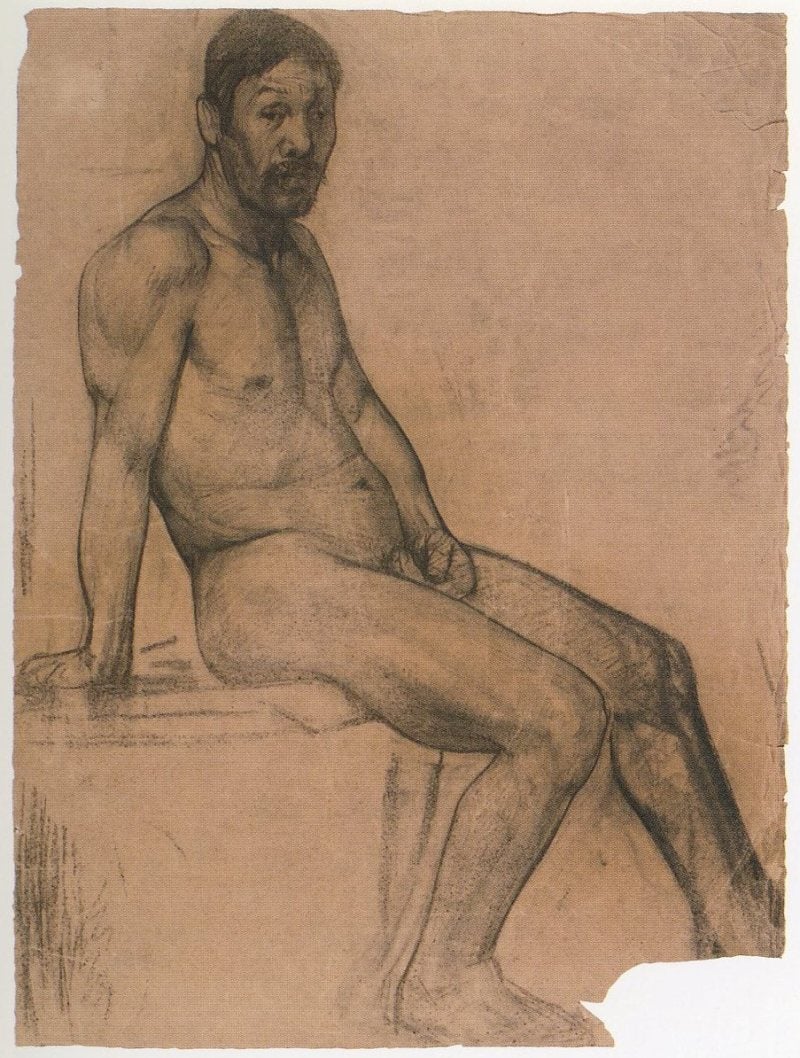
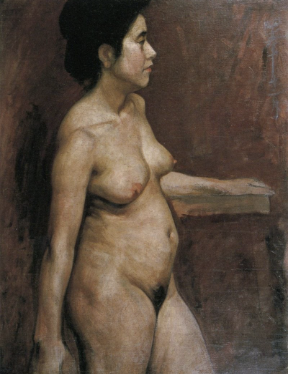





コメント
コメントを投稿